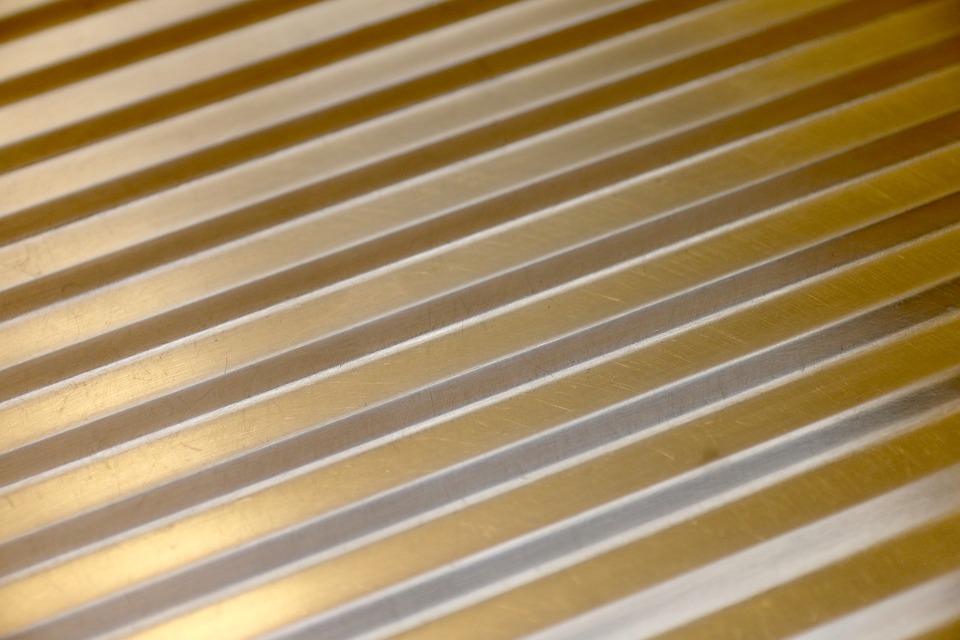How Are Shipping Containers Made?

Shipping containers are built in a way that facilitates cargo transportation across the ocean in both safety of cargo and carrying capacity. These shipping containers are also helpful for the everyday person who uses them for storage for extra living or office space. The most commonly used shipping containers range from 20ft to 40ft in length, and some are refrigerated or otherwise climate controlled. Almost all shipping containers are made from steel and come with hinged doors and a closed top, as well as corrugated walls and welded rails on the bottom. This design makes for better safety for what’s stored inside from both thievery and the elements. Below, Porta-Stor will look at how these containers are actually made, and what makes this design best for everyone who uses these containers.
How Are Shipping Containers Made?
Most shipping containers are made from materials like steel, aluminum, fiber-reinforced polymer, or sometimes a combination of materials. There’s a process to the creation of each shipping container, and we’ll look at each step below:
- It starts with a large roll of steel, which is unrolled and cut into several sheets. This first step is done in specific factories that have the machinery to get this done.
- The steel sheets are then sand blasted and primed to remove any dust, dirt, or other contaminants.
- The sheets are then corrugated to help improve the overall strength.
- The roof panels and floor braces for the shipping container are separately made in a similar way.
- The sheets for wall panels are welded together.
- Square tubing is then welded to the top of the walls.
- Once this is complete, the floor panels are assembled to form a floor frame.
- The door assembly and corner posts are also separately prepared for the container.
- After the door and corner posts are prepared, they are then installed to the floor frame.
- Next is the installation of the wall panels.
- The corner posts, wall panels, and door assembly are welded together.
- Once those are welded, the roof panel is then assembled and welded.
- Once all the welding is complete, the shipping container is then primed and painted.
- The wooden frames are then varnished and prepared to go in as the bottom of the flooring.
- Once those wooden frames are installed into the container floor, holes are drilled to allow for the attachment of the flooring panels.
- After the flooring panels are in, the door hardware is finally installed, as well as rubber seals to create watertight doors.
- The bottom of the container is waterproofed as well.
- After all of this, the container is finally inspected to ensure water-tightness and for any other problems that may arise.
These shipping containers are used for more than cargo movement, and the need for them to be structurally secure and weatherproofed is just as important now as it was when they were only used for shipping cargo across the seas.
If you want to see some of the interesting ways people are using shipping containers these days, check out Porta-Stor’s other blogs, such as this one that explores the exciting rise of shipping container street restaurants!
